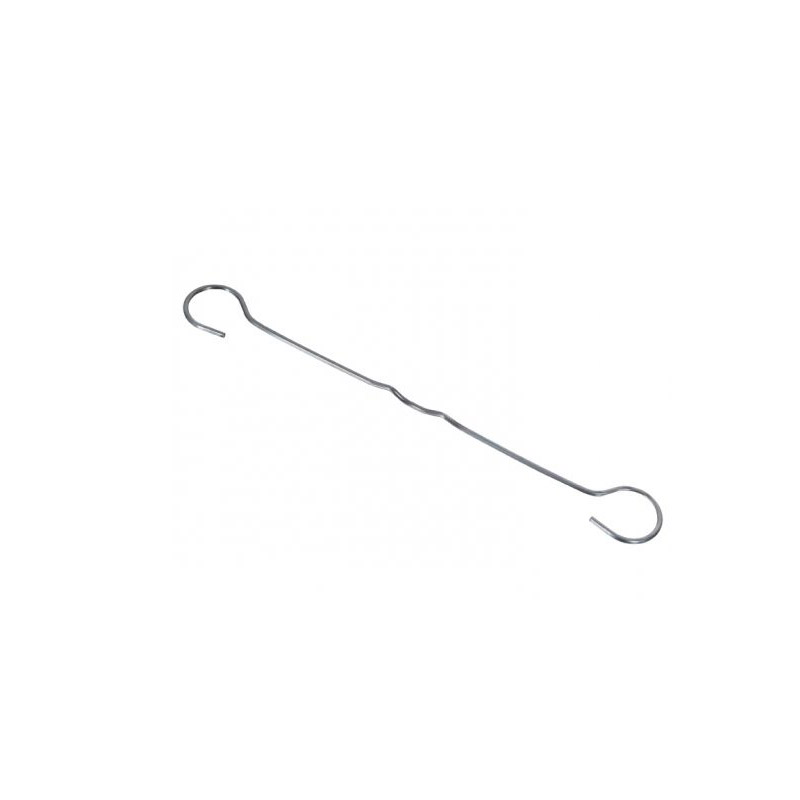
- Mobile Phone
- +8613931874955
- sales@cntcmetal.com
soft annealed iron wire
The Versatility and Applications of Soft Annealed Iron Wire
Soft annealed iron wire is a specialized material that has found its place across a wide array of industries due to its unique properties. This type of wire is produced through a process of annealing, which involves heating the iron wire to a certain temperature and then allowing it to cool slowly. This process effectively reduces the hardness of the iron, making it more ductile and malleable, while also relieving internal stresses developed during production. The result is a wire that is not only easy to work with but also possesses other favorable characteristics, making it a popular choice in numerous applications.
One of the standout features of soft annealed iron wire is its significant ductility. This property allows the wire to be bent or twisted into various shapes without breaking, making it ideal for applications where flexibility is crucial. It can be easily formed into loops, coils, and hooks, which are essential components in different industries. This characteristic is particularly valuable in the construction sector, where it is used for tying rebars and securing frameworks, ensuring structural integrity.
Additionally, the softness of the metal enhances its ability to absorb energy, which can be beneficial in situations where impact resistance is required. For instance, in various types of fencing or reinforcement applications, soft annealed iron wire can help reduce damage from environmental factors or physical impacts. Furthermore, its corrosion resistance can be improved by applying coatings, allowing it to function effectively in outdoor settings where exposure to the elements is inevitable.
Another significant advantage of soft annealed iron wire is its cost-effectiveness. Compared to other materials, such as stainless steel or high-carbon steel, soft annealed iron wire offers a more affordable option without compromising functionality. This affordability makes it an attractive choice for manufacturers and builders who are looking to optimize their budget without sacrificing quality.
soft annealed iron wire

In artistic and decorative applications, soft annealed iron wire has garnered appreciation for its ease of manipulation. Artists and craftsmen value the wire for its ability to be twisted, wrapped, and shaped into intricate designs and structures. Whether used for sculpture, jewelry making, or home décor items, the versatility of soft annealed iron wire allows creators to bring their visions to life with relative ease. Its aesthetic appeal combined with its flexible nature makes it a favored medium for many artisans.
Moreover, in the field of electrical engineering, soft annealed iron wire is often used in magnetic applications. Because of its low carbon content, it can be magnetically soft, meaning it can easily be magnetized and demagnetized, making it ideal for use in transformers, inductors, and magnetic coils. This property is critical for ensuring efficient energy transfer in electrical systems, showcasing the wire’s contribution to modern technology.
Despite its many advantages, it is essential to consider the appropriate applications for soft annealed iron wire. While it is suitable for many purposes, it may not be ideal for situations requiring high tensile strength or resistance to extreme temperature variations. In such cases, alternative materials may need to be considered.
In conclusion, soft annealed iron wire is a versatile material that excels in various applications due to its ductility, cost-effectiveness, and ease of manipulation. From construction and fencing to artistic exploits and electrical engineering, its practicality cannot be understated. As industries continue to innovate and seek cost-efficient solutions, the relevance of soft annealed iron wire is likely to endure, affirming its place as a staple material in both traditional and contemporary practices.
share:
-
Why Sacrificial Formwork Is Redefining Underground ConstructionNewsJun.06,2025
-
The Structural Dynamics of Modern Concrete: How Snake Spacers Revolutionize Flexible ReinforcementNewsJun.06,2025
-
Snake Spacers Smart-Lock Concrete Reinforcement with Surgical PrecisionNewsJun.06,2025
-
Snake Spacers: Reinforcement Precision for Modern Concrete ProjectsNewsJun.06,2025
-
Snake Spacers Powering Concrete's Structural DNANewsJun.06,2025
-
Slither into Success: Snake Spacers' Precision Bite for Unbreakable ReinforcementNewsJun.06,2025
-
Sacrificial Formwork: Building Stronger, Faster, and Safer StructuresNewsJun.06,2025



















